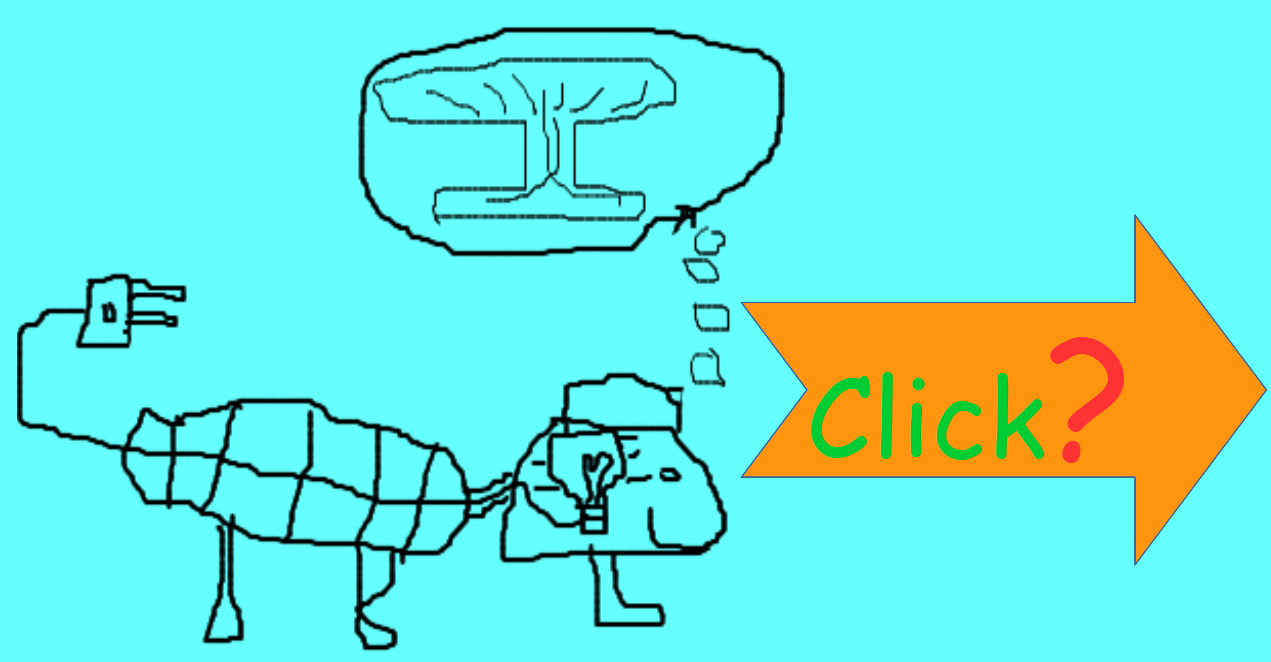page2025 Rings Matthias Lorentzen...mattegrisenforlag.com
Look at the picture beneath, then
scroll down to the question and click the correct Answer button.


Exercises: Ideals , Extensions & Vector Spaces
Exercise
Let us start with exercises that bridges the concepts of ideals , simple extension fields,
and introduces vector spaces. Exercise 1: OK , Exercise 2 OK
Exercise 3:The Extension `QQ(i)`:
Let us consider the field extension `QQ(i)` , which is the smallest field containing both the
both the rational numbers `QQ` and the imaginary unit `i = sqrt {-1}`.
Part 1: The Basis:
Just as we did with `QQ(sqrt 2)` , we need to find a basis for `QQ(i)` as a vector space
over `QQ`.
Question 1: What is the set of all elements in `QQ(i)` ? How would you write a generic
element of this field ?
Question 2: Based on your answer to Question 1 , what do you think is a basis for `QQ(i)`
as a vector space over `QQ` ?
Question 3: What is the degree of the extension `QQ(i)` : `[QQ(i) : QQ]` ?
Solution question 1:
Let `p(x) = x^2 + 1` be the irreducible polynomial over `QQ`. We can see that i is a solution
of p(x) : `p(i) = i^2 + 1 = - 1 + 1 = 0`. The general form of an element in `QQ(i)` is a + bi ,
where `a , b in QQ(i)`. The field extension `QQ(i)` is linked to `bb {QQ[x]"/"langle x^2 + 1 rangle}` ,
which is the formal way to define this extension.
Solution question 2:
Based on the generic element `a + bi = a * 1 + b * i` , we can identify the basis as
`{bb { 1 , i }}`. These two elements are linearly independent over `QQ` , because if
`a * 1 + b * i = 0` for all `a , b in QQ` , then we must have a = 0 and b = 0.
Solution question 3:
As a result of the basis having two elements , we can conclude that the degree of the
extension is `bb {[QQ(i): QQ]} = 2`. `color(blue)(OK)`
Question
Consider the field extension `L = QQ(i)` , where `i = sqrt{-1}` , viewed as a vector space over
the field of rational numbers `QQ`.
Which statement accurately describes the elements and the basis for `L = QQ(i)`:
A) The generic element of L is a + bi , where `a , b in QQ` , and a basis for L over
`QQ` is { 1 , i }.
B) The generic element of L is a + bi , where `a , b in RR` , and a basis for L over `QQ`
is `{ 1 , i , i^2 }`
?
